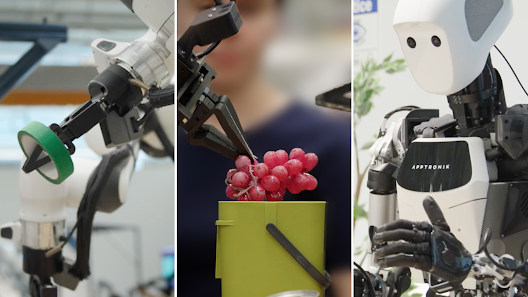Generative AI for All: A Look at Cost and Accessibility
Generative AI has emerged as a transformative technology that is reshaping industries and everyday life. However, to truly unlock its potential, it must be accessible to everyone, not just those with premium hardware or high-end subscriptions. Making generative AI available on a wide range of devices, from smartphones to vehicles, requires solving two major challenges: enabling edge-based AI processing and designing cost-efficient architectures.
Why Generative AI Needs to Operate at the Edge
Currently, most generative AI applications rely on cloud-based processing, which introduces latency and dependency on stable internet connections. For example, users of AI assistants like Microsoft’s Copilot often encounter limitations when offline or in areas with spotty Wi-Fi. Shifting AI processing to edge devices—such as laptops, smartphones, and cars—can deliver several transformative benefits:
- Improved Performance: Latency issues caused by cloud dependencies can be eliminated, enabling real-time applications such as language translation or computer vision.
- Enhanced Privacy: Keeping data local on devices ensures sensitive information, like health diagnostics or email content, remains secure and does not require cloud storage.
- Scalability and Cost Efficiency: With more users adopting generative AI, cloud infrastructure can become strained. Processing at the edge helps distribute workloads, reducing reliance on costly data centers.
Cost-Effective Solutions for Edge AI Processing
To run generative AI efficiently on edge devices, two major components are necessary: scaled-down large language models (LLMs) and specialized hardware like neural processing units (NPUs). While cloud-based models often feature billions of parameters, edge-targeted models are slimmer, focusing on specific tasks such as translation or image editing. These compact models ensure optimal performance without overburdening device resources.
Dedicated processors like NPUs are also paving the way for affordable generative AI. Unlike GPUs, which are traditionally repurposed for AI tasks, NPUs are designed specifically for AI workloads, offering better performance at lower costs. For example, innovations like Hailo’s Hailo-10H processor showcase how scalable, power-efficient architecture can meet diverse device needs without compromising on functionality.
The Future of Generative AI Integration
As generative AI becomes a staple of consumer technology, its availability will no longer be limited to luxury devices or subscription-based services. Instead, advancements in leaner AI models and purpose-built processors will democratize access across a wide array of applications, from home security systems to automotive AI assistants.
Moreover, this shift aligns with broader industry trends toward sustainability and efficiency. By reducing the reliance on centralized cloud infrastructure, companies can lower energy consumption and operational costs, bringing generative AI closer to mass adoption.
Related Insights into AI Accessibility
For more on how generative AI and quantum technologies are shaping industries, check out Revolutionizing Battery Recycling with AI and Quantum Technology.
As we advance, the integration of generative AI into everyday devices promises to redefine how we interact with technology, ensuring equitable access and enhanced user experiences for all.







